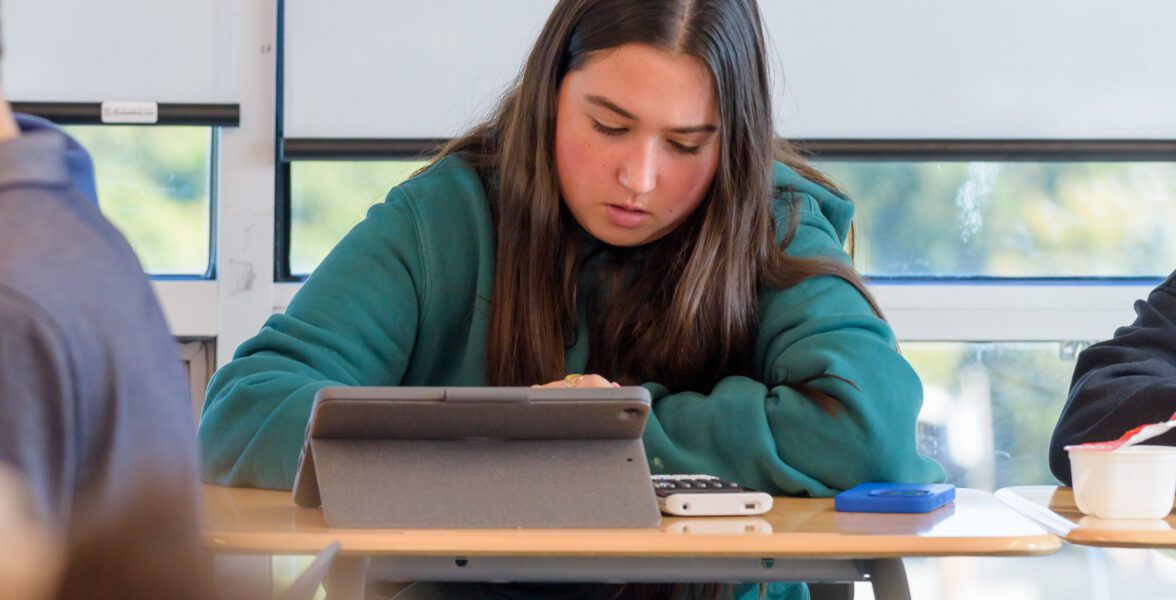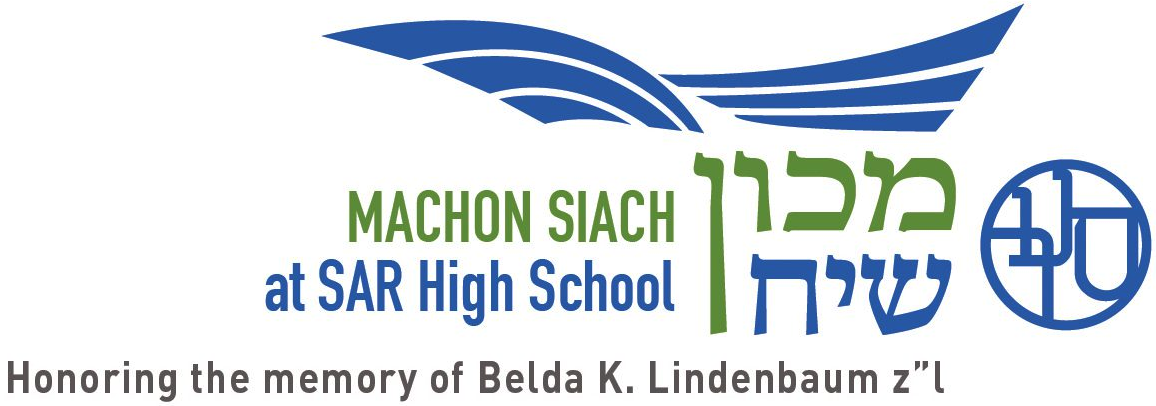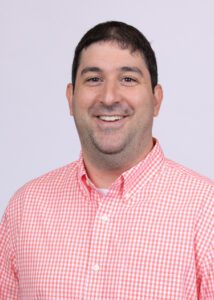
One Design that Works for Everyone
The world celebrates individuality and uniqueness, but somehow that celebration does not always translate in a traditional school setting. In schools, we want everyone to be good at everything. Nonetheless, as the world has become increasingly sensitive to the needs of a wide spectrum of people, schools have found ways to accommodate a wider variety of learners. One philosophy related to this is UDL (Universal Design for Learning), which aims to “offer a set of concrete suggestions that can be applied to any discipline or domain to ensure that all learners can access and participate in meaningful, challenging learning opportunities.”
This is a wonderful framework that helps create a learning environment accessible to a wide variety of learners. Many students struggle with one aspect of learning, such as reading, writing, math, study skills or organization. Sometimes those struggles rise to the level of disability, and, at other times, students may demonstrate uneven strengths. We are all better at some things and hope to one day be better at other things.
Given the universality of these uneven strengths, it makes sense to make our classrooms as accessible as we can for every student rather than just for those who struggle the most. A simple structure that helps those with writing-related disabilities may help another student plan their writing with less anxiety and guesswork. Some students rely on summaries, comprehension questions and vocabulary lists to comprehend what they read, but others would also benefit from these reading tools to enhance their understanding. Why not design a curriculum with built-in tools that can help everyone rather than only making those tools available to a select few? Special Education, in some ways, is just really good teaching.
Some might criticize this concept as making things easier for those who do not need assistance, but we know that structured teaching with multiple access points is good for a wide variety of learners. It also helps to create a more equitable spaces, where everyone has a range of tools available. The partnership that exists at SAR between learning specialists and classroom teachers often focuses on the needs of one student, but once a plan is formed for that student, the classroom teacher often says, “Wow, I think many students in my class would benefit from this.” Why not maximize the learning for everyone with good tools and structures?
It is with this philosophy in mind that our school tackled one of the most stressful aspects of our students’ lives – testing. A lot of thought went into our Flexible Testing Policy, whereby all students can take more time if needed. All tests take place during a scheduled test period, which happens twice a week right before lunch so that students can take a portion of their lunch period to continue their tests. We know that students who have diagnosed disabilities often need that additional time to process the information and effectively express their understanding. Other students have learning needs that are not documented for various reasons, such as the high cost and time commitment which is borne by parents. Since Covid, we have also seen a significant increase in students with attentional and emotional difficulties, which can be hard to document. These may not rise to the clinical level where a diagnosis is warranted, but they exist. Other students may have no struggles but benefit from the opportunity to take a quick break to reset their emotional temperature with a breathing exercise, take an extra moment to think, or redo a problem. A dual curriculum program fills students’ days, putting strict limits on their time, and a little flexibility can make the students’ testing experience that much better. We want our students to feel that they are in control of their timing and to self-select based on their needs.
When we engaged our teachers to propose this idea, it was remarkable how many teachers were already looking for thoughtful answers. In providing students with more time than they needed, we were recognizing the simple truth that the population has a wide spectrum of speed and that most of our tests do not intend to measure speed. In the past, the fastest student was considered the smartest, but we know now that speed is only one skill that may not be the most important in all scenarios. When the tortoise and the hare raced, there could only be one winner. But our goal is to get all students across the finish line to learn from the experience, no matter the order in which they finish. In implementing this plan, we faced many practical considerations beyond the scope of this article, but the benefits far outweigh the drawbacks.
We have shared the idea and our process with a number of schools in the hopes that the practice would spread. Two other yeshiva day schools have enacted a similar policy, and the collaboration among us has been helpful as we hone this new approach to testing.
One question that often arises is whether flexible timing is fair to students who are entitled to extra time because of a disability. Extra time accommodations are based on the expected test duration, not on comparisons with peers. When every student is given more time than they need to complete the task, everyone can be successful. This means we must ensure our tests remain reasonable in length and not use flexible timing to create longer tests. The principles of Universal Design generally allow all students, including those with learning disabilities, to better access and demonstrate their knowledge without any stigma.
Some students take more time than they need, and we think a lot about that. Are we slowing them down and doing them a disservice? In a world with decreasing attention spans, it feels appropriate to encourage thoughtfulness, mindfulness and taking pride in one’s work. We also maintain a concrete end time for tests, and that limit ensures that flexible timing does not get out of hand.
What began as a pilot is now in place for all of our students and part of SAR’s regular routine. We have communicated extensively with our teachers and students to help them prepare and perform during Flexible Time exams, and we aim to continue improving the concept. We collect data regularly about students’ testing needs, which has already brought about some significant changes to our policy, and we continue to improve the ways in which our students and teachers experience tests in school.
So how do we know what changes are appropriate and which updates will improve our students’ learning? We remain committed to our goals and values and to making decisions based on data. We want our students to stretch themselves to achieve mastery of the concepts being tested. We want our students to have a challenging but meaningful testing experience without feeling overwhelmed or anxious. We also want the feedback students receive from their grades to be accurate so that it can encourage meaningful adjustment to inform their future learning.
Taking tests in school will always be one of the most challenging aspects of a student’s week, but our goal is to thoughtfully redesign the timing of the test to encourage more positive experiences and outcomes. The overwhelming majority of the feedback has been positive, and we hope to continue improving on this idea, giving our students the environment they need to best demonstrate their learning.



